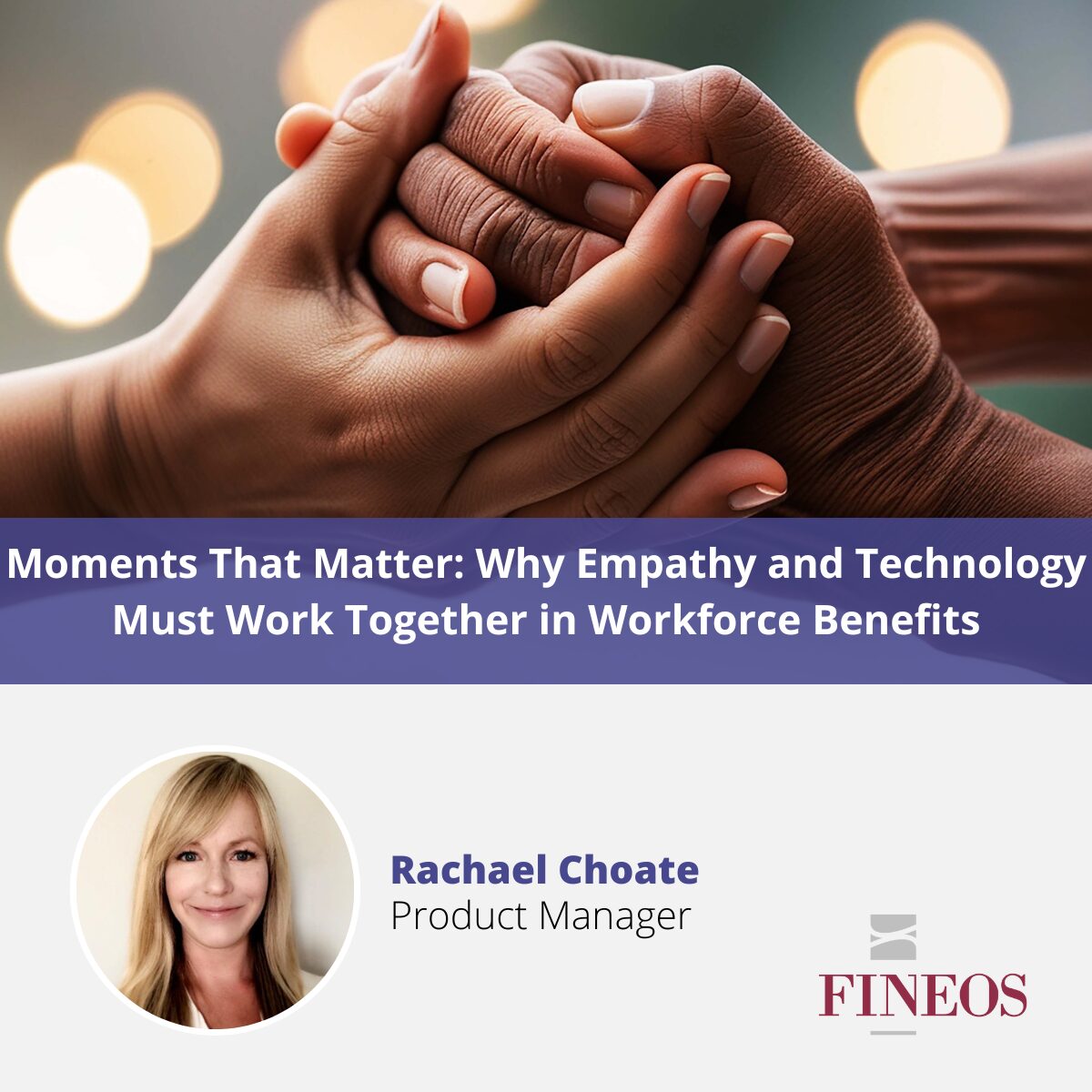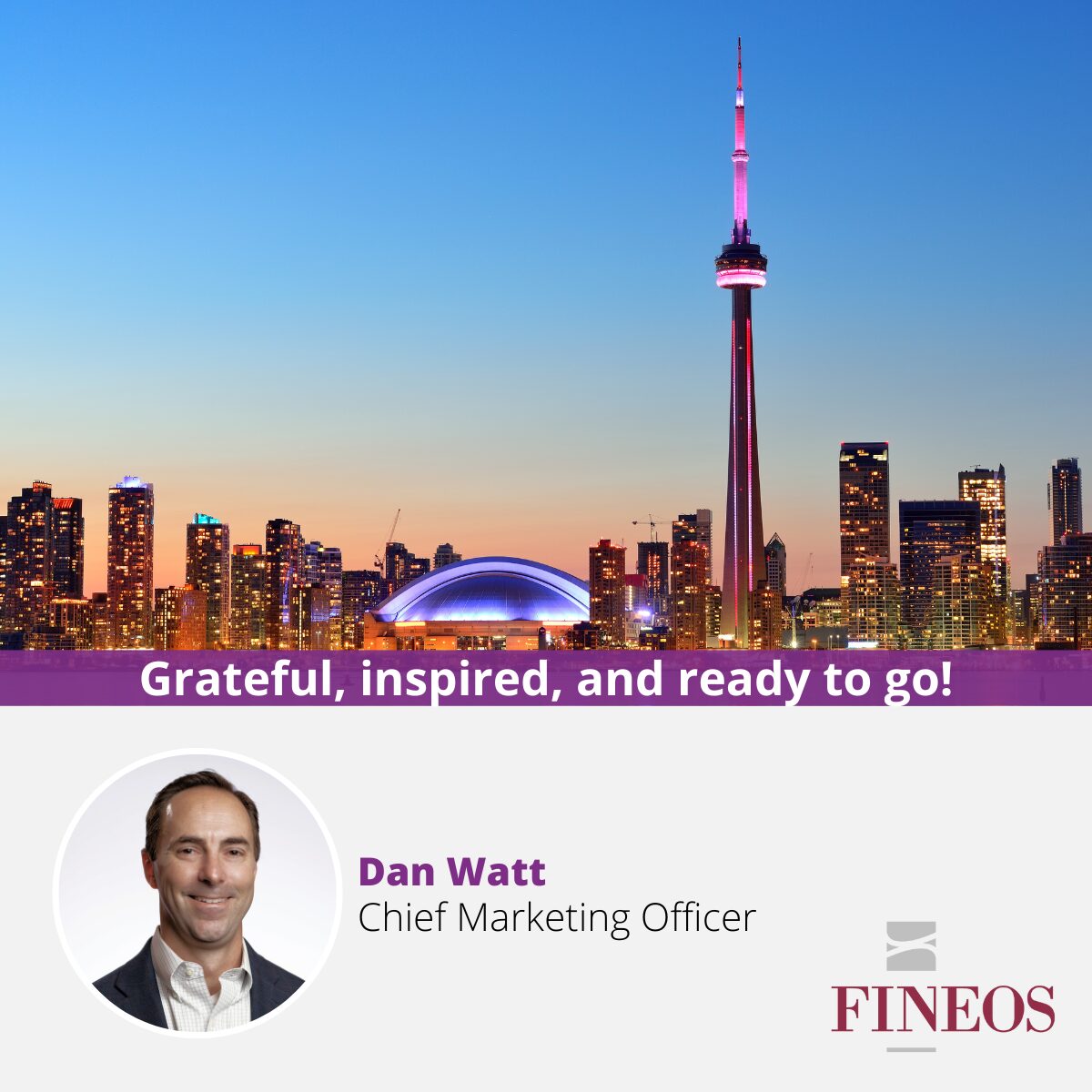I have written several pieces as to why employee benefits carriers should refrain from trying to build their own core system or attempting to adopt core systems originally built for other insurance industry domains. Carriers should licence a purpose-built core system for their industry and focus on building their unique digital experience around it i.e. continually deploying innovative software and vendor capabilities that enrich their customer experience. You can access and read my previous content on this via our website.
History has demonstrated that unique custom built core systems eventually become a burden. Thirty or forty years ago, most carriers would have viewed an internal home-grown core system, or a heavily customized package core system, as a competitive advantage. However, today these custom-built systems have become the legacy systems which hold carriers back. The implications are broader and more far reaching than the initial cost to build a core system, because a modern core system is for the long term – it must be continually enhanced with latest technology, market capabilities, compliance, and industry best practice. The employee benefits market is one of the most complex insurance domains within the global insurance industry. Carriers in this space require a modern core system, supported by a market leading vendor with a dedicated team of deep subject matter experts, alongside a passion and purpose to continuously deliver fresh and market leading core system capabilities through R&D investment.
Instead of emphasizing the substantial operational transformation and enhanced customer experience that come with migrating to a purpose-built and proven employee benefits core system, I want to shift the focus to a crucial but often overlooked factor. In this paper I will highlight the strategic importance, and advantages related to Mergers and Acquisitions (M&A) that carriers can achieve by adopting an industry-standard core system.
Looking back several years the employee benefits industry has experienced multiple M&A transactions. In 2017, The Hartford bought Aetna’s group disability business for around $1.45 billion, calling out the strategic benefit of the claims system and larger pool of claims data available for analytics from this merger. Lincoln bought Liberty’s group business for about $3.3 billion to broaden its target market and gain synergies from scale. On the core systems side they subsequently cancelled a Liberty core system development project with a vendor originally from the P&C domain.
Cigna sold its group benefits business to New York Life for $6.3 billion to create New York Life – Group Benefits Solutions (NYL-GBS). This $4.1b group book of business was being consolidated on FINEOS AdminSuite at the time with the elimination of 6 legacy systems NYL-GBS Case Study. Cigna retained their voluntary business on a separate core system. However, NYL-GBS has now entered the voluntary benefits market using their FINEOS AdminSuite i.e. integrated group, voluntary and absence. There were other M&A transactions over the years and indeed some new market entrants – a trend that will no doubt continue in this attractive and important market segment.
A common challenge faced by acquiring carriers’ post-acquisition is consolidation of core systems across their business portfolios. Typically, if a small book of business is acquired, the acquirer migrates it to their mainframe core system. However, in one or two cases, the acquirer has opted to transition their own business onto the acquired core system. A decade or so ago, some carriers purchased third-party administrators (TPAs) to leverage their core systems, which were often viewed as superior to the carriers’ green screen legacy mainframes.
Over the past few years, we at FINEOS have experienced being on both sides of the M&A process on behalf of our carrier clients, helping them to migrate their books of business.
In Australia, we have witnessed major market consolidation within group benefits and there are only a handful of carriers in the benefits space today, with the market now dominated by the top 3 or 4 carriers. Before this M&A activity, FINEOS was deployed across carriers acquiring and being acquired, so we have seen the roll-up consolidation from both sides of the fence. A distinct advantage our clients had when consolidating two FINEOS books of business was both carrier teams had strong knowledge and understanding of FINEOS, making the consolidation much easier. We were also on hand to assist the consolidation process as required, with expertise and skilled FINEOS resources stepping in as and when required to support the migration.
When you think about the strategic importance of a carrier’s software in an M&A context, it is obvious that being rooted on a modern industry standard core system, with a market leading vendor, who is fully dedicated to keeping the system market leading is a key strategic advantage.
When considering a potential acquisition, one of the first things a CFO will examine is the financial system used by the target — whether it is Oracle, SAP, or another platform. If the target utilizes the same system as the acquirer, this presents a significant advantage, as it streamlines the consolidation of accounts, systems, and personnel. In such cases, the seller can often justify a premium price, especially if their software systems are well-maintained and adhere to industry standards.
Similarly, and equally important, if the target carrier operates on a modern, market-leading core system then this can also command a premium. The acquiring carrier, especially if still reliant on legacy systems, might view the acquisition target as an opportunity to transition to a ready-made, advanced core system, facilitating the consolidation of their outdated systems. Conversely, if the acquiring entity already has their portfolio on a modern core system, it can leverage this advantage in the M&A process, quickly extracting value by migrating the acquired portfolio onto their system. Obviously, a modern efficient core system can provide economies of scale, enhanced customer experience and improved operational performance with increased margins compared to the legacy system of the acquired business.
Additionally, the employees transitioning to the modern core system will gain valuable skills and experience. If both the target and the acquirer use the same modern core system, as mentioned, this familiarity can maximize the transaction’s value by enabling easier and faster integration. Moreover, one of the carriers may have a superior digital customer experience infrastructure integrated with their core system, which could play a crucial role in the decision-making process for consolidation. Lastly, a point worth remembering is the migration experience gained from moving away from internal legacy systems can be invaluable for future M&A endeavors!
In the coming years, as employee benefits carriers move off legacy core systems and embrace operational transformation, we can expect increased consolidation and the emergence of new employee benefits market entrants. Carriers utilizing a modern, industry-standard core system will be better positioned to realize ongoing value from both organic growth and potential M&A opportunities.
An important final point I want to make is, even if a carrier believes they are not going to be in employee benefits for the long term, they should seriously consider migrating to a modern market leading core system to make their business more attractive and maximize the ultimate price should they decide to merge with another carrier. Let’s face it, if we are selling our own house, we will do our very best to present it as attractively as possible to the market to gain the highest price!


